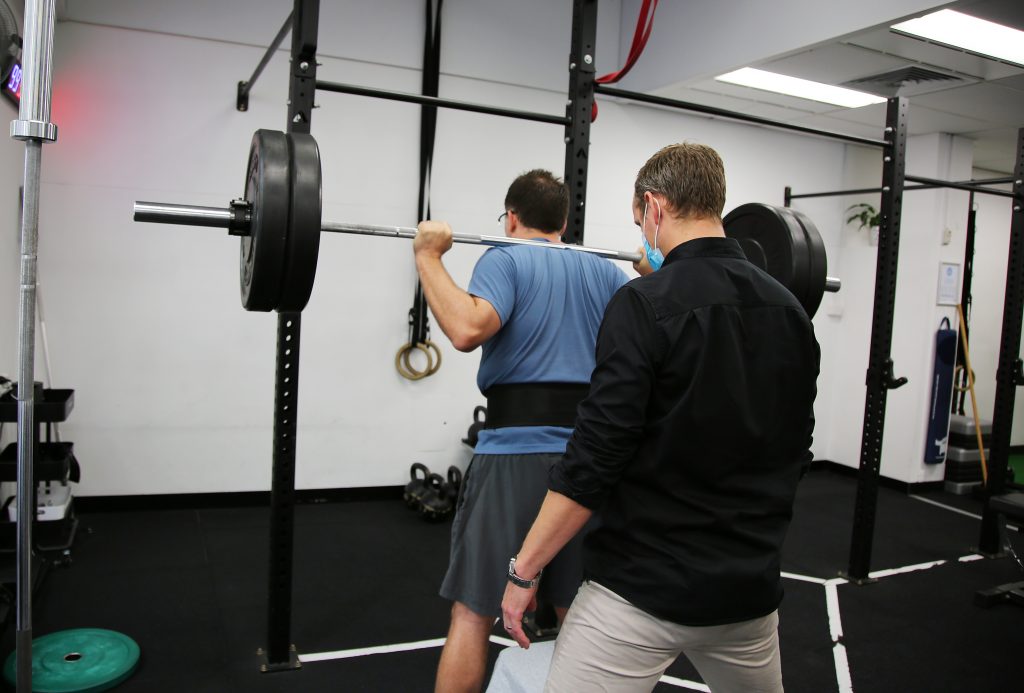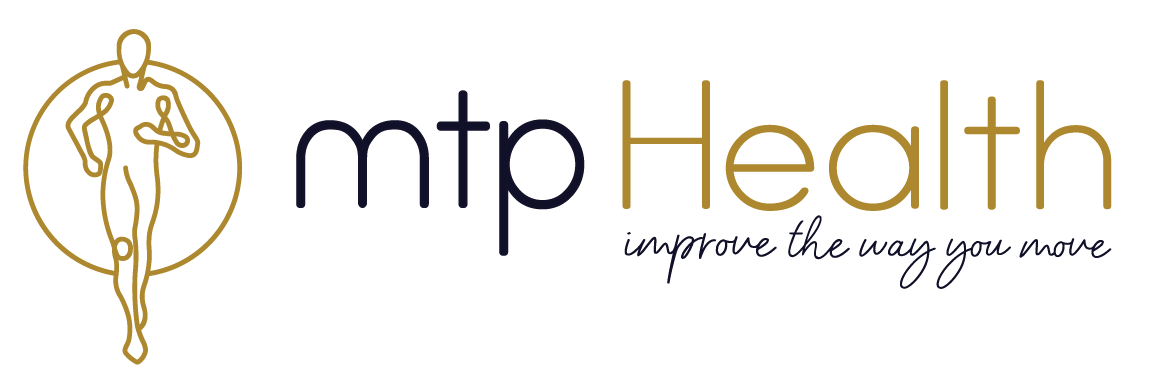Where Most People Fall Down When It Comes to Rehab
Everyone loves a good comeback story.
That’s what most of our work at MTP revolves around.
From seeing people get back to running after problematic knee injuries, to being able to hike again after chronic hip pain. We focus on paving a successful road to recovery. To us, this is how the experience of rehab should be.
Yet, unfortunately we know that’s just not the case for most people. Many teeter along with their rehab, never actually experiencing any real progress or results. It’s sad, because a lot of the treatment that is being done to address these more chronic issues simply doesn’t work long term. So much time is spent in a reductionist approach, addressing symptoms & relieving pain. So much so, that the actual root cause of the issue isn’t able to be addressed. What we see is that when we address the root cause, which often revolves around movement.
And when we do this, we start to create a body that is more resilient & stronger than ever before. To us, this is what real rehab should be about. Constantly improving our ability to move & getting better each day.
Move – Train – Perform
We think this focus on continual improvement, through the lens of movement should be the norm, instead of the exception.
Over the past 10 years we have developed and refined our approach to getting people better for the long run. You shouldn’t need your Physio forever. You should use your Physio in the early stages of relieving pain then move on and develop the tools and tolerance to not get injured again.
Very often when recovering from injury, once the pain subsides we jump straight back into our normal routine.
Unfortunately this often leads to a merry-go-round of visits to your Physio.
So how do you stop this cycle, become more robust and be more capable than before?
Follow our 4 Stage Recovery process as outlined below.
We have developed this process over the last 10 years of helping people recover from injury and when followed will ensure you can move on from injury and feel better than ever.
View this post on Instagram
Step 1: Control the Pain (initially)
The first step to speed up your recovery and set you up to progress is managing the pain. Seeing your Exercise Physiologist or Physio to ensure you get the pain under control quickly so you can progress to the most important steps. Relieving the pain is not the end of your recovery, its just the beginning. Think of the pain relief stage as the gateway to being able to start the real recovery process in steps 2,3 and 4.
To recover fully you need to be less likely to injure yourself than you were before. To do this you need to challenge yourself enough. You need to get stronger and more capable of dealing with the demands of your life than before. Simply getting out of pain doesn’t fix anything, it doesn’t address the reason you were in pain. in the first place. If you want to avoid injury in the future you need to build resilience so that you’re better off than you were before you got injured.
View this post on Instagram
Step 2: Build Your Muscular Endurance
Muscular Endurance refers to the ability of your muscle to exert force over an extended period of time. Your Exercise Physiologist will help you gain muscular endurance through exercises with high repetitions and low to moderate loads. The aim is simply to build your tolerance to repetitive demands. This is the stage that is most commonly completed in the rehab process. People often feel less pain and feel like they might be “good enough” to get to normal. Don’t fall into this trap! Even if you already have the stamina to be able to perform any some normal physical activity going right back to the activities you were doing pre-injury will set you up for an early return to injury and back to the start of the process. Make sure you take the next steps and complete a FULL recovery.
A comprehensive rehab programme, such as those we offer in our online at home rehab programs will progressively work you through the key stages of recovery, allowing you to build endurance, strength & power at a level that is right for you. You can get these programs for 30 days free by signing up using the link above.
Step 3: Build Your Muscular Strength
The next phase is the most valuable to preventing your injury coming back. Unfortunately it is also the most commonly missed. Like we said before most people stop at Muscular Endurance.
Building your Muscular Strength is increasing your ability to produce the force needed by muscles to complete a task. Developing your muscular strength reduces the demands that your body and your joints will experience doing day to day activities.
Everything you do gets easier when you get stronger, so the chances of an activity pushing you into injury is much lower once you have built your muscular strength. This is the most important stage to develop your resilience and prevent your risk of re-injury. Some examples of muscle strength exercises include lifting weights, climbing stairs, push ups etc.
For a comprehensive look at the science of building strength, take a look at our article HERE. It can be quite a complex phenomenon when we look at everything that goes into it, however the summary is that it makes our body more resilient & able to handle forces more effectively!
Here’s an example of an exercise progression that will help build muscular strength & endurance for your Glutes:
Step 4: Develop Your Power
The final step in the process is to develop your Power! Now power is relative to the activities you need to complete in your life. Power doesn’t mean power lifting. Power simply refers to your ability to express force quickly. Jumping, running, changing direction, catching yourself from falling when you trip on a step, these are all examples of having Power.
In life things happen quickly and unexpectedly. We might be walking along chatting to a friend and get bumped into by another person. If they knock you off balance and you have to quickly react to catch your self from falling this requires power. If you don’t have enough you will fall to the ground and hurt yourself. If you have adequate power you quickly respond, catch yourself and keep walking.
Training your reactive speed and power builds your confidence and your capacity to use the strength you have in a way that keeps you safe and lets you respond to anything life throws at you!

While many people associate muscular power with the gym, simply performing the activities you love doing can be one of the best ways to build muscular Power.
Building resilience is the goal of ALL of our programs
We believe in this approach to recovery so much that we have developed our entire recovery model around it. Our flagship Hip & Knee Program is a testament to this. Each stage of recovery is addressed in 4-week blocks. So you finish the 12 weeks strong, powerful and resilient.
This is how we operate with everything that we do, from online programs to what we do in clinic. It’s all about empowerment & having you come back better than ever before.
What’s Next?
No matter where you get your treatment, you should always ensure that your practitioner has a plan to take you through the 4 stages of recovery. Otherwise, you’re going to get yourself on this merry-go-round of treatment and pain, and it’s really just a dead-end street.
Are you working to challenge your muscles enough to get stronger? Are you progressing to speed or more explosive movements than a slow and controlled tempo?
If you’re not, then it’s worth having a look into it.
